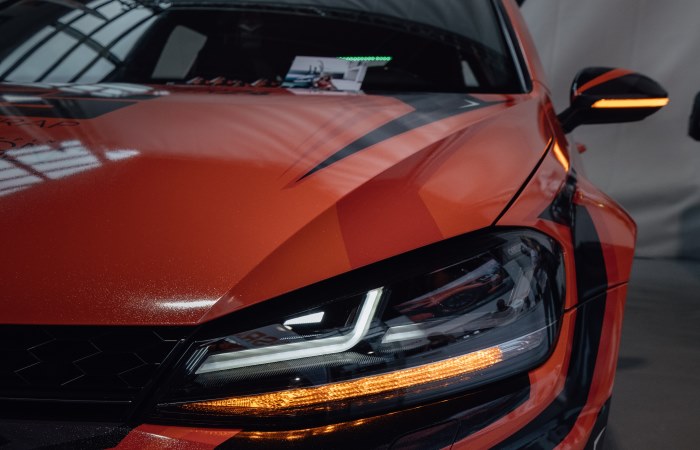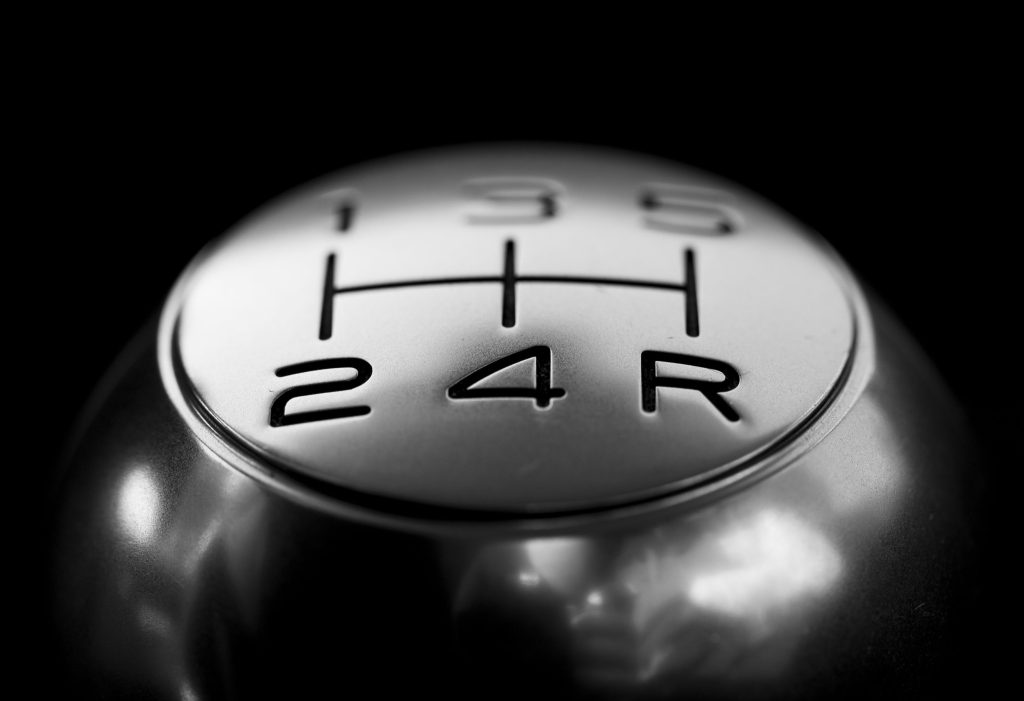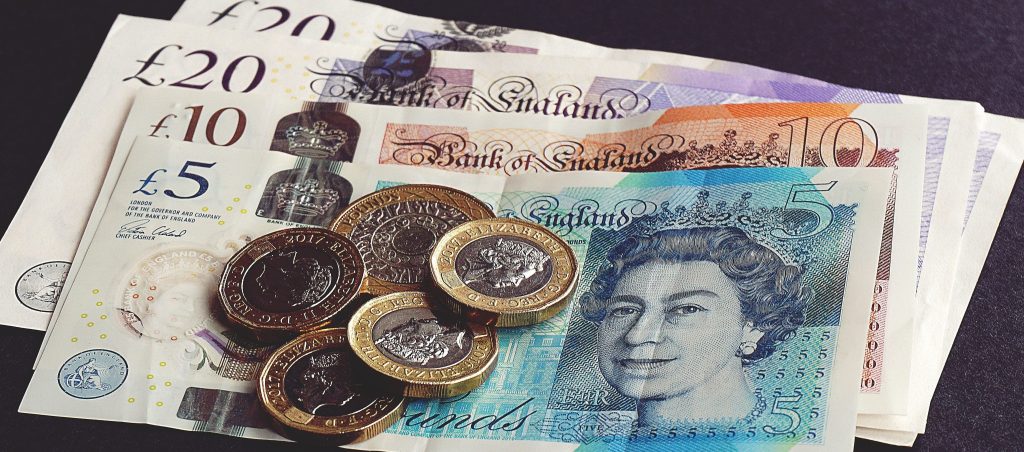Navigating the rough waters of buying a new car can be a tricky ordeal if you’re not familiar with the process—or if you don’t know what you’re actually looking for. If you don’t do your research, you could end up going over budget for a car that doesn’t actually suit your needs. So, if you’d like to avoid buying a car you’ll want to get rid of within a few months, it’s vital that you know what to look out for. We’re going to take you through our advice for buying a new car.
Use these rules as a checklist when you head to the car dealerships and you’ll be able to find your dream car, all while sticking to your budget.
Decide whether you really need a new car

Before you start rushing off to your nearest car dealership for a new car, you should first ask yourself an important question: do you really need a new car? Now, we’re not saying you should avoid buying a car altogether. Instead, we’re urging you to weigh up the merits of buying a used car instead.
If you’ve got a limited budget, and you’re not entirely attached to getting your hands on the latest car gadgets and doohickeys, it’s certainly worth having a look at used cars. Buying a used car can make it far easier to stick to a strict budget and could help you save hundreds—even if the car is only a couple of years old! Of course, buying a new car means you have the comfort of knowing you won’t have to worry about car wear and tear. You’ll even have the added protection of warranty.
If you’re mulling over both options, or still on the fence about the entire thing, we’ve got just the thing for you! We’ve put together the main advantages and disadvantages of buying a new or used car to help you make up your mind.
Decide what type of car you are interested in
So you’ve decided that buying a new car is on the cards for you. The next step is to figure out what type of car you’re in the market for. More specifically, are you looking to buy a petrol, diesel or eco-friendly car? If you’re on a strict budget, a petrol car will probably be your best bet. Petrol tends to be cheaper than diesel fuel, which means it won’t cost you as much to maintain.
Meanwhile, you need to consider the environmental impact of your car. Petrol cars release more CO2 into the atmosphere, for example, while diesel cars are worse when it comes to dangerous gases like nitrogen oxides. You can get a better look at the main pros and cons in our guide to petrol vs diesel.
If you’re looking to go greener, then you have a range of options available, including:
– Hybrid cars: Running on both fuel and electricity, they emit less CO2 emissions than petrol or diesel cars.
– Electric cars: Powered entirely by electricity, they have zero emissions.
– Biodiesel cars: Running on biodiesel, they tend to be a safer alternative for the environment over petrol of diesel cars.
The main disadvantage to buying an eco-friendly car is the upfront cost. However, flexible payment options can put these pricier vehicles within reach. Additionally, if you opt for an electric car, the government currently offers a grant system that reduces the cost by 35%, up to a maximum of £3,500. If that’s not enough incentive to switch to an electric car, they’re also tax-exempt—so you can cross that expense off your list!
Consider car deprication

If you’re not entirely familiar with the process of buying a new car, you might not be aware that cars start to lose their value as soon as they leave the dealership. In fact, the AA estimates that by the end of their first year, a new car will have lost up to 40% of its value!
Not sure why this is the case? It’s pretty simple, really. The moment you start to use your car, it’s no longer as valuable as it was as a brand new car. It’s one of the reasons why it’s unlikely you’ll ever be able to sell your used car at a higher price than what you originally bought it for. (Unless you own a classic car, of course!) It’s not just the overall usage that can contribute towards this loss in value, however.
Other factors include:
– Brand and model: If you’re buying from a brand that has a shaky reputation, the depreciation rate is likely to be higher.
– Desirability and popularity: If you’re buying a model that’s in high demand, the depreciation rate will be lower.
– Fuel efficiency: With the growing interest in environmentally friendly cars, fuel efficient cars can come with a lower rate of depreciation.
Think about where and when to buy
Though you might have a local car dealership nearby, you might want to have a look online before you actually head in. It’s a good idea to jot down a few places and shop around all of them. If a specific model catches your eye, you can then compare the prices to see which dealership is giving you the better option. When it comes to buying a new car, comparison is the magic word. You should never commit to buying a car if you haven’t compared your options and done your research properly.
Next on the list is to consider when you want to buy your new car. If you’re not in much of a rush, you might want to wait until the dealerships start offering big sales. They tend to run them at different times of the year to coincide with quarterly sales. So, if you’re patient enough, you could snag a decent deal. Then again, if time is of the essence, you should still be able to find a good deal as long as you do your research and follow our advice.
Figure out what you need in a car

There’s no point in wandering around car dealerships if you’re not entirely sure of what you’re looking for in a new car. If you do, you could end up buying a car that’s the exact opposite of what you actually need. Now, we’ve already discussed the importance of figuring out what type of car you want (petrol, diesel or eco-friendly).
Next, you’ve got to consider the finer details.
– What transmission do you need? If you’ve got an automatic licence, bear in mind that you’ll only be allowed to drive in automatic transmission.
– Do you need a lot of storage? If so, you’ll need a car with a big boot.
– What kind of mileage are you interested in? Are you using the car for long journeys or short commutes?
– What size are you comfortable with? If your instructor’s car was quite compact, you might struggle with making the leap to a bigger car.
It might be a good idea to make a list of all the features you’d like in your ideal car. Bear in mind that you’ll need to be realistic here. If you’re on a budget, you might not be able to find a car that has everything you need whilst keeping those purse strings tight.
It could help to categorise the features into “must-haves” and “would-likes”. By doing so, you can quickly figure out which features you can do without.
Calculate your budget

Whilst not the most exciting part of buying a new car, calculating your budget will be one of the most important steps you take. It’s also one of the most difficult steps to figure out—mainly because it’s made up of various components.
Value of the car
The most obvious part of your budget will, of course, relate to the cost of the car itself. Not all cars are created equal, and some will undoubtedly be easier on your budget than others. If you’re eyeing up a car with a small engine and few modifications, you’re likely to get a much lower price than one that’s decked out with all the latest gadgets.
Insurance
Car insurance is no joke. In fact, if you’re not careful with your choice of model and manufacturer, you could end up having to pay thousands every month. As such, you should carefully research any models you’re at least somewhat interested in. If you pick the right car, you can cut down the cost of insurance and enjoy greater flexibility with your budget.
Vehicle tax
Every driver in the UK has to pay vehicle tax, unless they’re driving a tax-exempt vehicle. The amount you have to pay in vehicle tax will vary depending on when your car was first registered. If you’re buying a new car, then the cost of tax will depend entirely on what the car’s CO2 emissions are like. The lower they are, the less you’ll have to pay.
The only way you can avoid paying anything in tax is if you buy a vehicle that produces zero CO2 emissions. In other words, you’ll need to buy an electric car. If you’ve got a hefty budget, we’d like to note that you will need to pay an annual charge of £320 for five years if you pick an electric car with a list price of over £40,000.
Other miscellaneous expenses
If you’ve not got enough to juggle already, you’ve also got a few other expenses to factor into your budget. For starters, you’ve got to consider how much you’ll be paying for parking annually. You should then think about setting aside a small figure for annual service checks—you’ll want to stay on top of car maintenance after all. Once the car is three years old, you’ll also have to start paying for an MOT every year. The cost varies depending on the car, with a maximum fee of £54.85.
Test Drive

Though a car might seem to tick all of your boxes, it’s important that you still take it for a spin. It might look good on the outside, but if it doesn’t feel right when you’re driving it, then you need to cross it off your list and go back to the drawing board.
One of the first things you’ll want to figure out is whether the size of the car is the right fit for you. If you find yourself struggling with road positioning or parking during the test drive, then you might have chosen a car that’s bigger than you’re used to. This might be a factor that could push you towards switching to a smaller car. In order to truly test the car’s capabilities, you’ll want to drive around a variety of road types and traffic conditions. We’d recommend taking the car around residential areas, motorways and tricky junctions.
Try out some hill starts and manoeuvres as well. In other words, you want to put the car through its paces and make sure it “feels right”. As you’re driving, pay close attention to the sound of the engine and what the steering feels like. Is the car too powerful for you? Are you not entirely keen on the positioning of certain controls? Think about these issues carefully.
While you’ll be able to get used to some, others will be deal-breakers. So, make sure you actually enjoy driving the car before you commit to anything.
Bring someone along
If you’re not entirely sure what you’re doing or looking for, it might be a good idea to ask someone to come with you. More specifically, you should bring someone who has been driving for a few years. That way, they can carefully observe what you’re like during the test drive—they might even pick up on something you don’t notice. Having someone with you isn’t just useful for the test drive.
If you tend to go over budget with things, your plus one could help you stay on task and avoid splurging on a car you don’t really need. They can also serve as a comforting presence—making the entire affair seem less daunting, especially if it’s your first time buying a car.
Consider the warranty

When maintenance problems happen, you may be able to rely on your car’s warranty. For most car manufacturers, this will last for three years. The main issue with this, however, is that it can sometimes take over three years for major maintenance problems to occur. This means that you’ll have to shoulder the cost when issues arise. If this is a nightmare scenario for you, you might want to consider looking at manufacturers or dealerships that offer longer warranties.
Some offer ones that last up to five years; so, if you dig around properly, you might find one suited to your needs. The car dealership you’re buying your new car from might offer extended warranty. This could, however, prove to be a waste of money if you don’t end up running into any problems further down the line. You might be better off waiting to buy extended warranty until after your current one expires.
Find ways of reducing the insurance premiums
So, you’ve found your dream car. It’s ticked all of your boxes and it’s a reasonable price. There’s one catch, though—the insurance premiums are through the roof! Before you scrap your endeavour and restart your search, we’d like to offer our help. As experts—at least, as far as we’re concerned—on all things car insurance related, we’ve got a few neat tricks to help you get cheaper insurance premiums and make your new car purchase that much sweeter.
So, if you’re looking for ways to reduce your premiums and stick to your budget, we’d recommend reading these top guides:
– Young Driver Insurance Overview
For obvious reasons, it’s important that you check you can afford the cost of premiums for your new car before you pay the deposit. If you can, then you’re good to go ahead. Of course, you’ll want to make sure insurance is in place before you drive off. Unless the dealership offers a limited insurance cover—just enough to allow you to drive back home—you will need to arrange it yourself.
It is illegal to drive on UK roads without insurance in place. Unless you fancy having to pay a hefty fine—on top of the cost of your new car—it’s important that you have at least third party cover.
